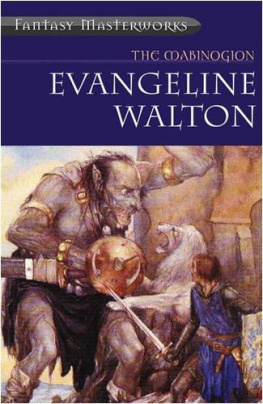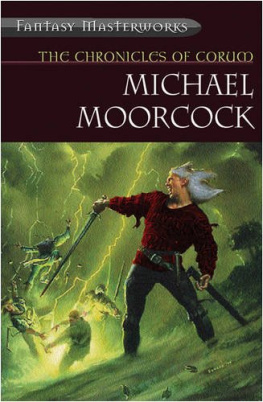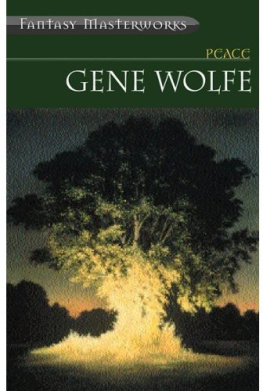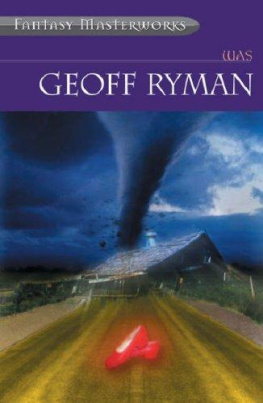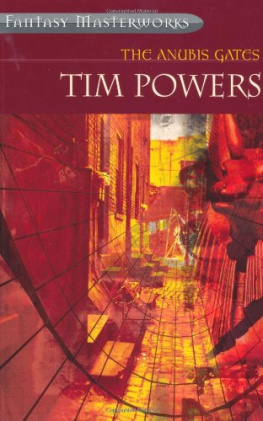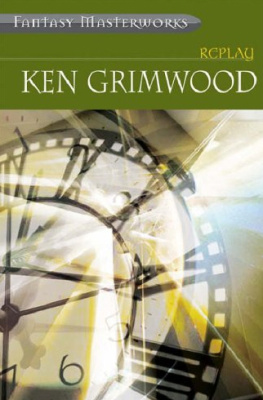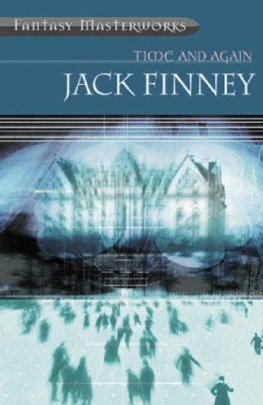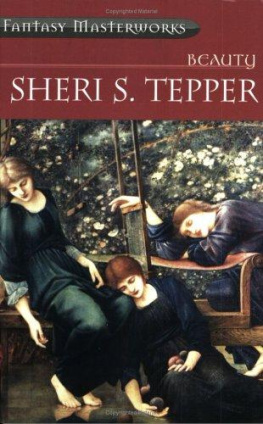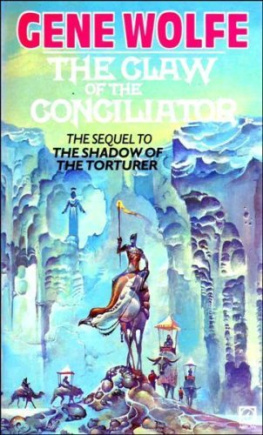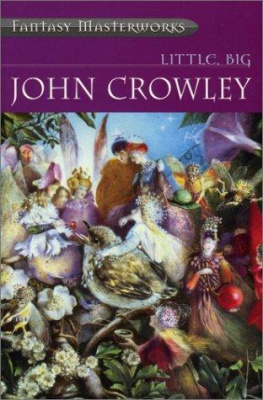Evangeline Walton - Mabinogion (Fantasy Masterworks 39)
Here you can read online Evangeline Walton - Mabinogion (Fantasy Masterworks 39) full text of the book (entire story) in english for free. Download pdf and epub, get meaning, cover and reviews about this ebook. year: 2003, publisher: Gollancz Paperbacks, genre: Science. Description of the work, (preface) as well as reviews are available. Best literature library LitArk.com created for fans of good reading and offers a wide selection of genres:
Romance novel
Science fiction
Adventure
Detective
Science
History
Home and family
Prose
Art
Politics
Computer
Non-fiction
Religion
Business
Children
Humor
Choose a favorite category and find really read worthwhile books. Enjoy immersion in the world of imagination, feel the emotions of the characters or learn something new for yourself, make an fascinating discovery.
- Book:Mabinogion (Fantasy Masterworks 39)
- Author:
- Publisher:Gollancz Paperbacks
- Genre:
- Year:2003
- Rating:4 / 5
- Favourites:Add to favourites
- Your mark:
- 80
- 1
- 2
- 3
- 4
- 5
Mabinogion (Fantasy Masterworks 39): summary, description and annotation
We offer to read an annotation, description, summary or preface (depends on what the author of the book "Mabinogion (Fantasy Masterworks 39)" wrote himself). If you haven't found the necessary information about the book — write in the comments, we will try to find it.
Mabinogion (Fantasy Masterworks 39) — read online for free the complete book (whole text) full work
Below is the text of the book, divided by pages. System saving the place of the last page read, allows you to conveniently read the book "Mabinogion (Fantasy Masterworks 39)" online for free, without having to search again every time where you left off. Put a bookmark, and you can go to the page where you finished reading at any time.
Font size:
Interval:
Bookmark:

Translated by Lady Charlotte Guest
Fantasy Masterworks Volume 39
Whilst engaged on the Translations contained in these volumes, and on the Notes appended to the various Tales, I have found myself led unavoidably into a much more extensive course of reading than I had originally contemplated, and one which in great measure bears directly upon the earlier Mediaeval Romance.
Before commencing these labours, I was aware, generally, that there existed a connexion between the Welsh Mabinogion and the Romance of the Continent; but as I advanced, I became better acquainted with the closeness and extent of that connexion, its history, and the proofs by which it is supported.
At the same time, indeed, I became aware, and still strongly feel, that it is one thing to collect facts, and quite another to classify and draw from them their legitimate conclusions; and though I am loth that what has been collected with some pains, should be entirely thrown away, it is unwillingly, and with diffidence, that I trespass beyond the acknowledged province of a translator.
In the twelfth and thirteenth centuries there arose into general notoriety in Europe, a body of Romance, which in various forms retained its popularity till the Reformation. In it the plot, the incidents, the characters, were almost wholly those of Chivalry, that bond which united the warriors of France, Spain, and Italy, with those of pure Teutonic descent, and embraced more or less firmly all the nations of Europe, excepting only the Slavonic races, not yet risen to power, and the Celts, who had fallen from it. It is not difficult to account for this latter omission. The Celts, driven from the plains into the mountains and islands, preserved their liberty, and hated their oppressors with fierce, and not causeless, hatred. A proud and free people, isolated both in country and language, were not likely to adopt customs which implied brotherhood with their foes.
Such being the case, it is remarkable that when the chief romances are examined, the name of many of the heroes and their scenes of action are found to be Celtic, and those of persons and places famous in the traditions of Wales and Brittany. Of this the romances of Ywaine and Gawaine, Sir Perceval de Galles, Eric and Enide, Mort dArthur, Sir Lancelot, Sir Tristan, the Graal, &c., may be cited as examples. In some cases a tendency to triads, and other matters of internal evidence, point in the same direction.
It may seem difficult to account for this. Although the ancient dominion of the Celts over Europe is not without enduring evidence in the names of the mountains and streams, the great features of a country, yet the loss of their prior language by the great mass of the Celtic nations in Southern Europe (if indeed their successors in territory be at all of their blood), prevents us from clearly seeing, and makes us wonder, how stories, originally embodied in the Celtic dialects of Great Britain and France, could so influence the literature of nations to whom the Celtic languages were utterly unknown. Whence then came these internal marks, and these proper names of persons and places, the features of a story usually of earliest date and least likely to change?
These romances were found in England, France, Germany, Norway, Sweden, and even Iceland, as early as the beginning of the thirteenth and end of the twelfth century. The Germans, who propagated them through the nations of the North, derived them certainly from France. Robert Wace published his Anglo-Norman Romance of the Brut dAngleterre about 1155. Sir Tristan was written in French prose in 1170; and The Chevalier au Lion, Chevalier de lEpee, and Sir Lancelot du Lac, in metrical French, by Chrestien de Troyes, before 1200.
From these facts it is to be argued that the further back these romances are traced, the more clearly does it appear that they spread over the Continent from the North-west of France. The older versions, it may be remarked, are far more simple than the later corruptions. In them there is less allusion to the habits and usages of Chivalry, and the Welsh names and elements stand out in stronger relief. It is a great step to be able to trace the stocks of these romances back to Wace, or to his country and age. For Waces work was not original. He himself, a native of Jersey, appears to have derived much of it from the Historia Britonum of Gruffydd ab Arthur, commonly known as Geoffrey of Monmouth, born 1128, who himself professes to have translated from a British original. It is, however, very possible that Wace may have had access, like Geoffrey, to independent sources of information.
To the claims set up on behalf of Wace and Geoffrey, to be regarded as the channels by which the Cymric tales passed into the Continental Romance, may be added those of a third almost contemporary author. Layamon, a Saxon priest, dwelling, about 1200, upon the banks of the upper Severn, acknowledges for the source of his British history, the English Bede, the Latin Albin, and the French Wace. The last-named however is by very much his chief, and, for Welsh matters, his only avowed authority. His book, nevertheless, contains a number of names and stories relating to Wales, of which no traces appear in Wace, or indeed in Geoffrey, but which he was certainly in a very favourable position to obtain for himself. Layamon, therefore, not only confirms Geoffrey in some points, but it is clear, that, professing to follow Wace, he had independent access to the great body of Welsh literature then current. Sir F. Madden has put this matter very clearly, in his recent edition of Layamon. The Abbe de la Rue, also, was of opinion that Gaimar, an Anglo-Norman, in the reign of Stephen, usually regarded as a translator of Geoffrey of Monmouth, had access to a Welsh independent authority.
In addition to these, is to be mentioned the English version of Sir Tristrem, which Sir Walter Scott considered to be derived from a distinct Celtic source, and not, like the later Amadis, Palmerin, and Lord Bernerss Canon of Romance, imported into English literature by translation from the French. For the Auntours of Arthur, recently published by the Camden Society, their Editor, Mr. Robson, seems to hint at a similar claim.
Here then are various known channels, by which portions of Welsh and Armoric fiction crossed the Celtic border, and gave rise to the more ornate, and widely-spread romance of the Age of Chivalry. It is not improbable that there may have existed many others. It appears then that a large portion of the stocks of Mediaeval Romance proceeded from Wales. We have next to see in what condition they are still found in that country.
That Wales possessed an ancient literature, containing various lyric compositions, and certain triads, in which are arranged historical facts or moral aphorisms, has been shown by Sharon Turner, who has established the high antiquity of many of these compositions.
The more strictly Romantic Literature of Wales has been less fortunate, though not less deserving of critical attention. Small portions only of it have hitherto appeared in print, the remainder being still hidden in the obscurity of ancient Manuscripts: of these the chief is supposed to be the Red Book of Hergest, now in the Library of Jesus College, Oxford, and of the fourteenth century. This contains, besides poems, the prose romances known as Mabinogion. The Black Book of Caermarthen, preserved at Hengwrt, and considered not to be of later date than the twelfth century, is said to contain poems only.
Next pageFont size:
Interval:
Bookmark:
Similar books «Mabinogion (Fantasy Masterworks 39)»
Look at similar books to Mabinogion (Fantasy Masterworks 39). We have selected literature similar in name and meaning in the hope of providing readers with more options to find new, interesting, not yet read works.
Discussion, reviews of the book Mabinogion (Fantasy Masterworks 39) and just readers' own opinions. Leave your comments, write what you think about the work, its meaning or the main characters. Specify what exactly you liked and what you didn't like, and why you think so.

